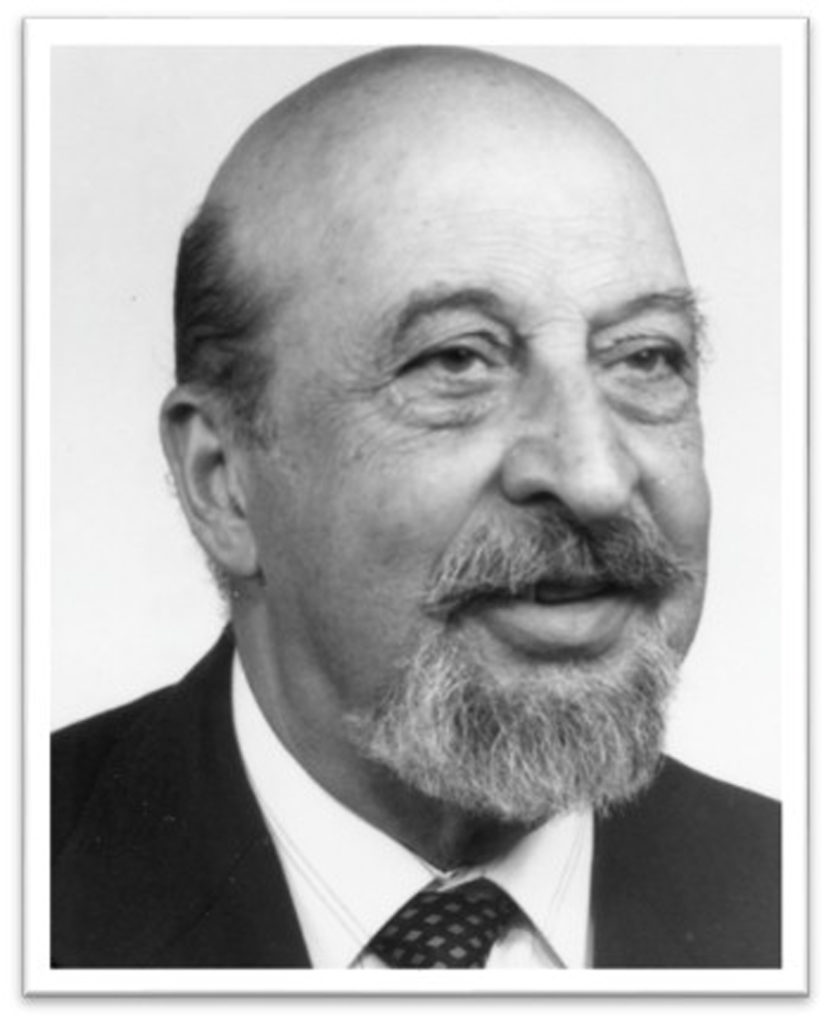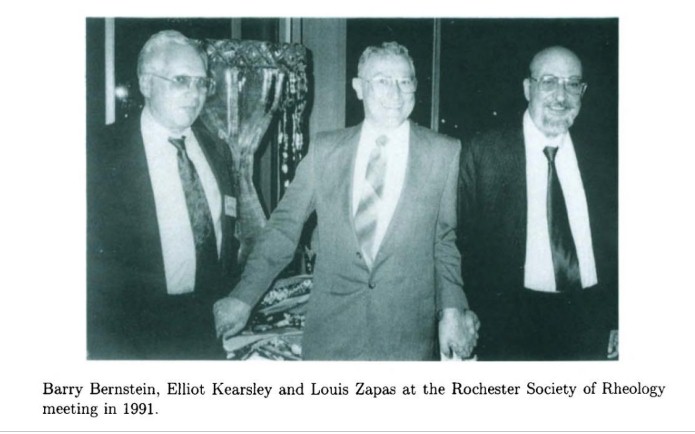
Louis J. Zapas
National Bureau of Standards
July 19, 1922 – October 25, 2010
Chemical Engineer
Awarded Bingham Medal 1991
Louis Zapas became a Honoree Member of HSR in 2000.
Louis Zapas was born in the United States on July 19, 1922. After both his parents passed away while he was still a young boy, he moved to Alexandria, Egypt to live with relatives. World War II brought more change as he encountered severe poverty in Greece and tried to escape the German Occupation in a rowboat. The escape was unsuccessful, and he was placed in a concentration camp. He traveled back to the United States once released from the camp, this time entering the country as a refugee. He settled in Pennsylvania and began studying Chemical Engineering at the University of Pittsburgh. He graduated with his M.S. degree in 1949 and went to work at the Mellon Institute. He moved to work at the Washington Research Center of W. R. Grace and Co. in 1957. He made his final move in 1961 when he began working for the National Bureau of Standards (later renamed to the National Institute of Standards and Technology) until his retirement in 1991.

By the 1960s, Zapas was already well known for his work in the measurement and theory of linear viscoelastic mechanical properties. He subsequently broadened his activities by exploring the phenomenology of nonlinear behavior. It was known that nonlinearities could lead to new and unexpected phenomena such as the appearance of normal stresses, but with few exceptions contemporary phenomenological studies were wedded to model networks of springs and dashpots, which were restricted in their validity to linear phenomena. Zapas and his colleagues at the (then) National Bureau of Standards formulated a phenomenological model of nonlinear viscoelastic behavior based solidly on physical principles. This model has come to be known as the BKZ or K-BKZ (Kaye – Bernstein Kearsley Zapas) model. It was one of the earliest single-integral models and is still considered by many rheologists to be the most useful. Zapas conducted careful experimental studies to compare with the BKZ model and showed its degree of validity for a wide range of materials from polymer solutions to solid-like crosslinked rubbers. The data generated by Zapas were extraordinarily accurate and have been important in their own right to other rheologists. In this exemplary work, he highlighted both successes and failings of the BKZ model, and proposed extensions and modifications. The model has gained added importance in the last few decades, since molecular theories of polymers, such as the Doi-Edwards theory, have been found to lead to an equation of the BKZ form. Among now-widespread experimental practices in the study of nonlinear rheology, Zapas was one of the first to use isochronal data, multiple-step strains, nonlinear versions of the concept of a material clock, and techniques for correcting step-strain data for finite step time. Zapas applied these concepts not only to polymeric liquids, but also to rubbers, polymer glasses, and semicrystalline polymers. He showed that what is sometimes referred to in the literature as “de-aging” or the “Payne effect” (i.e., softening caused by a large deformation) can often be related to other nonlinear behavior of the material, including the nonlinear rheology.